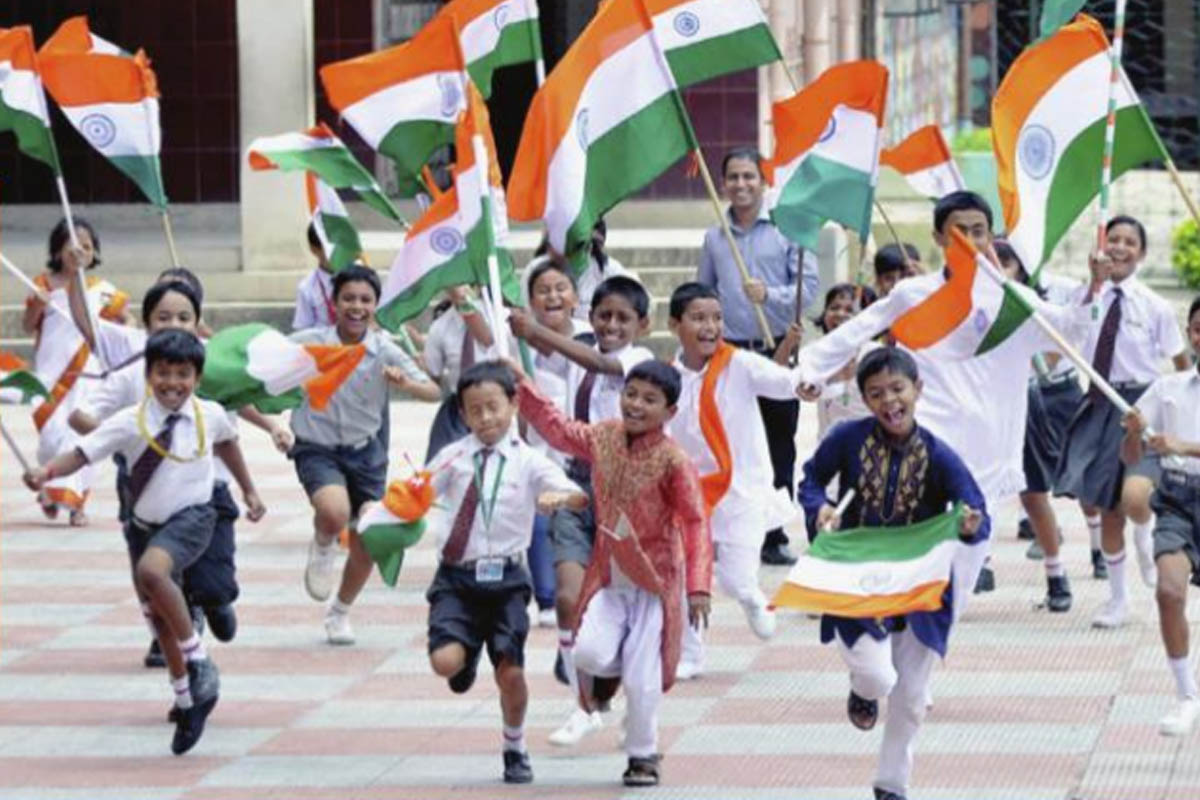Over 4,100 Looted Firearms Surrendered in Manipur Amid Ongoing Peace Efforts
More than 4,100 firearms looted from police armouries during the peak of ethnic violence in Manipur have been voluntarily surrendered to authorities till Saturday.
In the month of our 74th Independence Day, it is time for all stakeholders to address the concerns of people in the North-east

The boycott and shutdown calls for Independence Day this year, by six militant groups based in Manipur, Tripura, Assam and Meghalaya, as well as the United Liberation Front of Assam (Independent) and Government of the People’s Republic of Nagaland/National Socialist Council of Nagaland in the entire North-east, evoked childhood memories.
It was customary for militants to boycott Independence Day and fire gunshots at the stroke of midnight on 14 August every year. The sound of those gunshots, though similar to celebratory crackers like elsewhere in India on Independence Day, had quite the opposite connotation in the North-east.
Advertisement
It was frightening as security forces would be everywhere, looking for those rebels who had fired the shots. There was a reason why people were wary of the so-called operations by the security forces – boys and men would be paraded and a masked man would scan all the faces one by one.
Advertisement
The fact that anyone whom the man in the mask pointed to would be nabbed irrespective of whether they were innocent or not (everyone was innocent as no militant stayed in a village after firing shots on 14 August midnight) frightened most people. And that made them all the more suspicious in the eyes of the masked man. Independence Day was a day not many people would look forward to then. For a decade or so, the story was the same.
After the ceasefire and Suspension of Operation agreements between the Government of India and a few militant organisations, hitherto trouble-torn states like Manipur and Nagaland have witnessed considerable change. Independence Day is celebrated now in the Hills and not boycotted. That development, by its own standards, is worth applauding. However, a real sense of freedom is yet to be experienced as one would have expected in a country that has lived through 73 years of Independence.
As far as the militancy issue is concerned, we have come a long way but there is still a long way to go as there are many organisations who are yet to come for peace talks. People have long been held to ransom with the promise of a separate homeland based on a historical cause. While we pay much attention to history, our future, and the future of our children are drifting towards serious economic gloom. Militants should consider what is most feasible for the people if they truly represent the causes of the people, as is often proclaimed by them. It is time for all stakeholders concerned to prioritise “negotiation” and “solution”.
The government on its part should also accord due importance to resolving militancy issues in the North-east to usher in peace and development. Efforts should be made to bring all rebels to the talks table as “disturbed area” tags have disturbed the economic growth of the region for far too long now. Except for millennials, not many people have a happy story of Independence Day celebrations, especially in states like Manipur and Nagaland. Coupled with that experience, the history books of schools and colleges seem to dwell mainly on the narratives of mainland Indians and their fights.
It will be interesting to know how many people from mainland India are aware of the heroics of Maniram Dewan, U Tirot Sing, Bir Tikendrajit, Chengjapao Kuki, Rani Gaidinliu, U Kiang Nangbah, Taji Mideran, Kushal Konwar, Shoorvir Pasaltha, Bhogeshwarii Phuakanii, Kanakllata Barua and Matmor Jamoh.
The day India got its Independence merits a celebration every year but to ensure that, the establishment doesn’t need to conduct operations to nab those not celebrating. Nationalism can’t and shouldn’t be enforced, rather it should come from within. If we, in any way, contribute to the feeling of alienation, discrimination and subjugation felt by our own countrymen, it is us who should rethink.
Primarily, we will have to make certain the prevalence of an India that is accommodative, understanding and sympathetic to the concerns of people of all faiths, castes and colour. India is free from the British. But are its people free from oppression, authoritarian rule, inequality and poverty? The slogan of freedom from poverty had long been a movement within the development world. “Garibi Hatao” (eradicate poverty) was modelled along that concept.
Today it appears as if the movement has been misunderstood as “Garib Hatao” (eradicate the poor). It is our responsibility to ask if it is justifiable that the freedom our forefathers – whether rich or poor, from north or south, Brahmins or Adivasis, Muslims or Hindus – gave their life for should only benefit a few select people. What is Independence worth if people die hungry, untreated and communalised? Is this the India that was envisioned?
While we look at the different aspects of freedom, it is equally important to remember that there are certain responsibilities, which we as citizens owe to the country. Eight decades ago, people were ready to sacrifice their lives so that generations thereafter could decide their future with no foreigner dictating terms.
In the month of our 74th Independence Day, may those ideals and dreams that our freedom fighters fought for be revived throughout the country. We would do well to remember the words of Rabindranath Tagore, “Where the mind is without fear and the head is held high”.
The writer is author of the book, Hilly Dreams: The Story of Aboi.
Advertisement